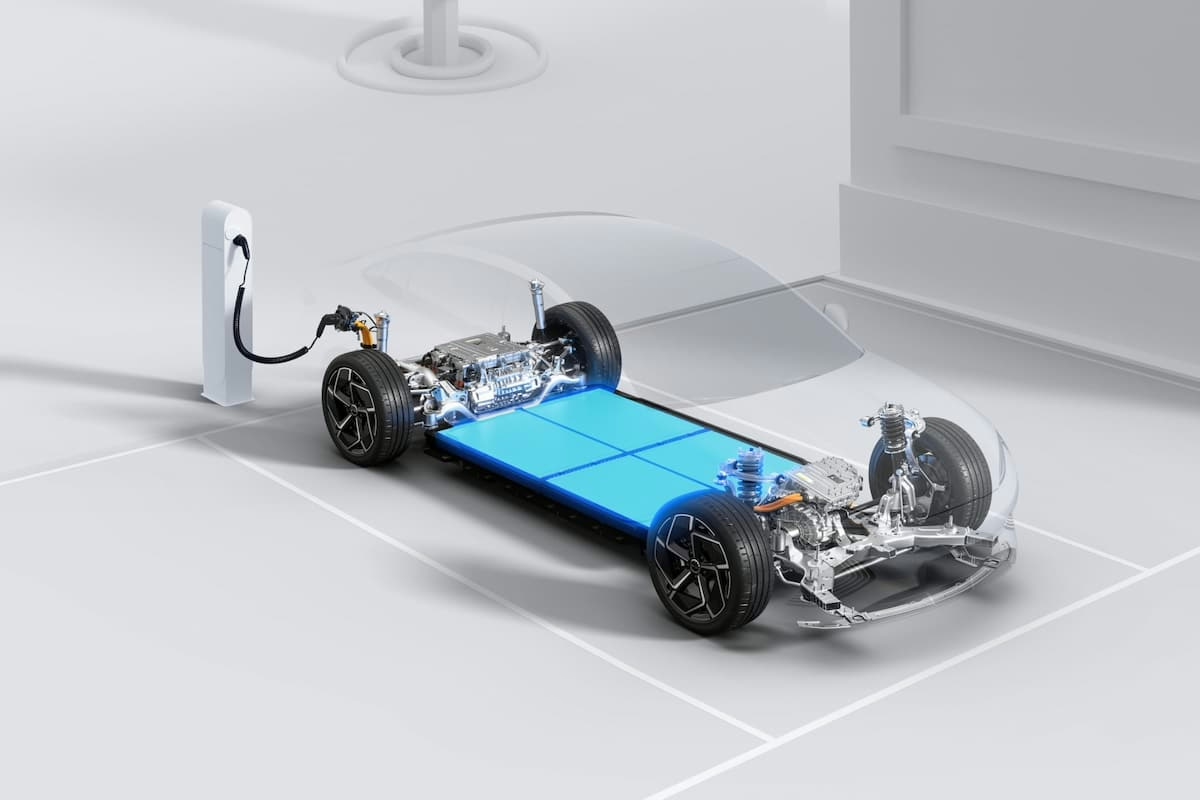Why Are Rare Earths Driving the Automotive Industry Crazy?

Behind electric and hybrid cars lie essential materials, still little known to the general public: rare earths.
These so-called “rare” elements play a crucial role in the transition to cleaner transportation, but also pose economic, environmental, and ethical challenges.
Rare earths: what are they?
The term “rare earths” refers to a group of 15 chemical elements found in the Earth’s crust. Despite their name, they are not as rare as one might think, but they are difficult to extract in large quantities because they are often dispersed in nature. Among them, the most used in electric cars are neodymium, praseodymium, dysprosium, and terbium.
These elements are primarily sought after for their exceptional magnetic properties. They enable the manufacture of very powerful permanent magnets, essential for high-performance electric motors. Without them, it would be challenging to produce efficient, compact, and energy-saving vehicles.
And other critical metals?
In addition to rare earths, electric car batteries require other materials such as lithium, nickel, and especially cobalt. These metals allow batteries to store energy, recharge quickly, and last over time.
These materials often come from sensitive or poorly regulated regions. China is currently the leading producer of rare earths, accounting for about 70% of the global supply. Cobalt, on the other hand, primarily comes from the Democratic Republic of the Congo, where mining conditions can be very harsh: child labor, pollution, local conflicts.
Why is it an issue?
These resources are at the heart of the electric revolution, but their extraction poses serious environmental and social problems. Moreover, they are geopolitically sensitive: dependence on certain producing countries creates tensions and vulnerabilities.
In response, initiatives are emerging to find alternatives, develop local supply chains, or recycle these materials. Projects like “battery passports” also aim to better trace the origin of materials and encourage more responsible production.
READ ALSO: Will the state reimburse us for the Crit’Air sticker?
This page is translated from the original post "Pourquoi les terres rares rendent-elles folle l’industrie automobile ?" in French.
We also suggestthese articles:
Also read





